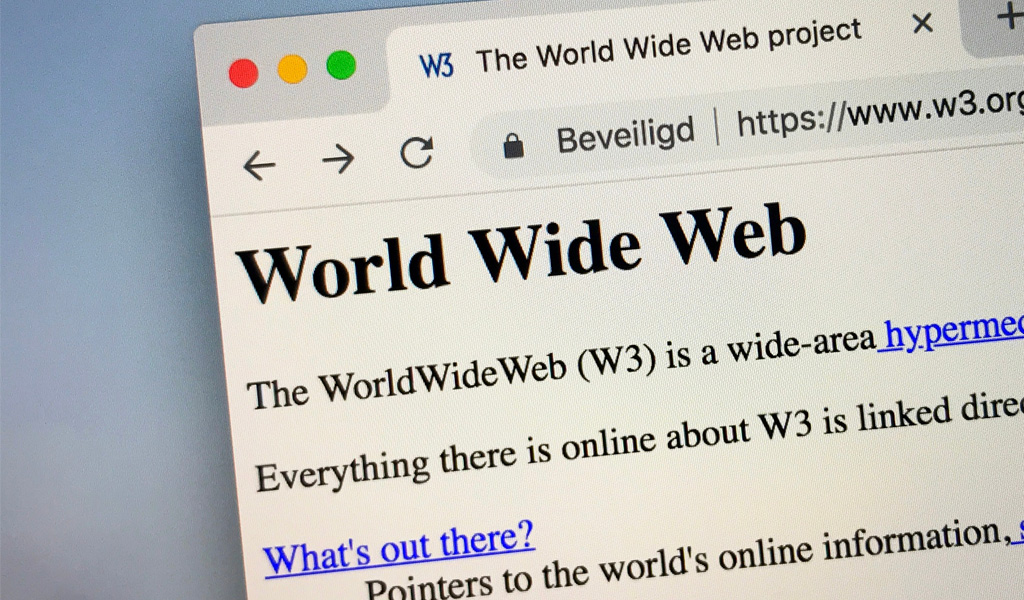
In the universe where World Wide Web is an integral part of our everyday lives, imagining what the first web page in history looked like can be an interesting and nostalgic exercise.
This first page, like the WWW itself, was the creation of Tim Berners-Leea British scientist who, at the time, worked at the prestigious European Particle Physics Laboratory (CERN), in Geneva.
Also read
It was on this computer that the first Civilization was developed
The world’s first smartphone turns 30 today; meet IBM Simon
The site was first published in December 20, 1990marking the beginning of a tool that would change the way we share information globally, following a simple architecture of interconnected documents, the so-called “hypertext”. Even with the creation of millions of pages and the disappearance of others over the years, this historic page never stopped being online and can still be accessed by anyone today using the link: http://info.cern.ch.
The original page was extremely simple compared to modern pages. Without images, videos, animations or any advertising, it basically consisted of texts and links, offering instructions on how the web worked, including teaching how to access documents and how to create your own server. It was a white (or gray, depending on the browser at the time) background with text that explained the technical aspects of the World Wide Web.
The initial purpose of the site was, therefore, completely informative and instructive, helping other scientists to understand the new tool and disseminate it. The idea behind the WWW was ambitious: to create a global information network that would allow universal access to a vast universe of documents. Although in 1990 the web was still restricted to a scientific environment, in 1993 CERN announced that the technology would be publicly accessible and free, paving the way for the digital era that we know today.
Interestingly, during International Internet Day 2022, there was an initiative to promote the recognition of the first web page as a UNESCO World Heritage Site. The idea was to highlight the historical and cultural importance of the site, considering that, without it, the digital world and the ways we communicate today would be completely different.
Visiting this page is like taking a trip back in time to the beginning of the digital era. Despite being incredibly simple, it represents the embryo of the entire internet revolution that would follow. If you’re curious, it’s worth taking a look and seeing for yourself how it all started: http://info.cern.ch.
Source: https://www.hardware.com.br/noticias/primeiro-site-historia.html


